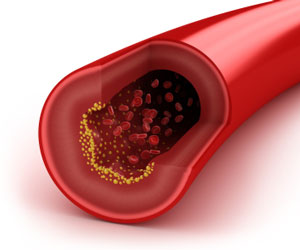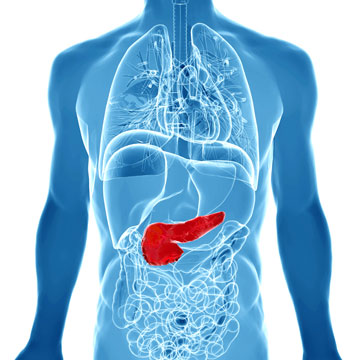Anti-Fat Effects of Alpha Lipoic Acid Safely Reduce the Risk of Diabetes

One of the features in metabolic syndrome conditions is the accumulation of fats in cells and organs (such as the liver and heart). The inflammation and toxic effects associated with high cholesterol and fatty deposits damage cells and have an impact on how well organs work. (iv.48)
For example, high cholesterol damages muscle cells and pancreatic islets that produce insulin. These effects promote insulin resistance and diabetes. (iv.48)
Animal studies suggest alpha lipoic acid could safely prevent this accumulation of fats in the pancreas, protecting the cells that produce insulin. Results of both animal and clinical studies show alpha lipoic acid also suppresses appetite and induces weight loss (including belly fat). (iv.3, 46, 48, 50)

Is Alpha Lipoic Acid Safer than TZD Drugs for Diabetes?
Conversely, thiazolidinedione (TZD) drugs used to protect the pancreas and treat type 2 diabetes can increase appetite and increase body fat. One of these drugs, such as Avandia®, has been banned or restricted worldwide due to the increased risk of heart attack as a side effect. (iv.48, 72)
TZD drugs may also increase the risk of macular edema, according to a study of over 100,000 patients taking either Actos® or Avandia® - especially when combined with insulin. High blood pressure and diabetes are both risk factors for macular edema. (iv.73)
At the cellular level, alpha lipoic acid works in some of the same ways as these popular drugs for diabetes. However, alpha lipoic acid doesn't have the side effects these drugs do, which may actually increase the risks of diabetic complications. In fact, alpha lipoic acid could help reduce the higher risks of heart disease and loss of vision that are frequently caused by diabetes. (iv.47-48, 57, 65)


